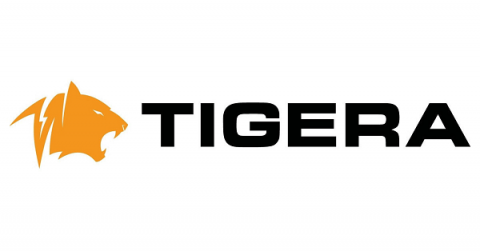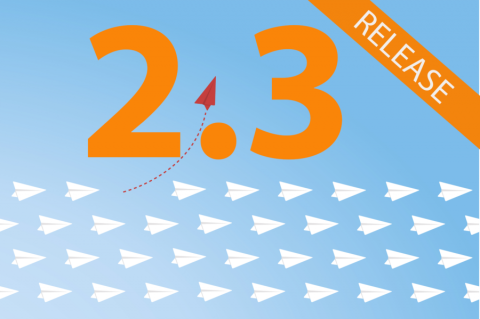Operations | Monitoring | ITSM | DevOps | Cloud
Tigera
Navigating Network Services and Policy With Helm
Deploying an application on Kubernetes can require a number of related deployment artifacts or spec files: Deployment, Service, PVCs, ConfigMaps, Service Account — to name just a few. Managing all of these resources and relating them to deployed apps can be challenging, especially when it comes to tracking changes and updates to the deployed application (actual state) and its original source (authorized or desired state).
New Tigera Secure Enterprise 2.3 Anomaly Detection Deepens Visibility into Suspicious Kubernetes Activities
Tigera is excited to announce several new capabilities with Tigera Secure Enterprise Edition 2.3, extending the ability to uncover sophisticated Kubernetes attacks. Tigera Anomaly Detection capabilities provide insight into unusual behaviors that compromise the security and performance of Kubernetes environments.
Single Sign-On for Kubernetes: An Introduction
One of the great things about Kubernetes is that it completely separates authentication and authorization. Authentication (Authn) meaning the act of identifying who the user is and authorization (Authz) meaning the act of working out if they’re allowed to perform some action. This can be thought of in terms of a Passport and a Visa.
Achieving Full Stack Automation Through Kubernetes
The open source revolution is back in full swing with the rise of Kubernetes. Flexibility and agility are the key factors to making the most of the cloud, multicloud, or hybrid cloud era. Kubernetes makes that easier by granting DevOps teams greater control across their infrastructure. But easier does not necessarily mean easy — there are still hurdles to overcome.
What's new in Calico 3.5
We are excited about Calico v3.5 release. This release provides more control and allows much finer-grained dynamic IP management vs the static allocation of a fixed set of addresses to each node in native Kubernetes. Here are the details.
Guide to Implementing Network Security with Kubernetes
Leveraging Service Accounts for Label-based Security
One of the key Kubernetes security concepts is that workload identity is tied back to information that the orchestrator has. The orchestrator is actually the authoritative entity for what the actual workloads are in the platform. Kubernetes uses labels to select objects and to identify collections of objects that satisfy certain conditions. We, and others in the Kubernetes networking space, often talk about using Kubernetes ‘labels’ as identity bearers.
Image Management & Mutability in Docker and Kubernetes
Kubernetes is a fantastic tool for building large containerised software systems in a manner that is both resilient and scalable. But the architecture and design of Kubernetes has evolved over time, and there are some areas that could do with tweaking or rethinking. This post digs into some issues related to how image tags are handled in Kubernetes and how they are treated differently in plain Docker.






